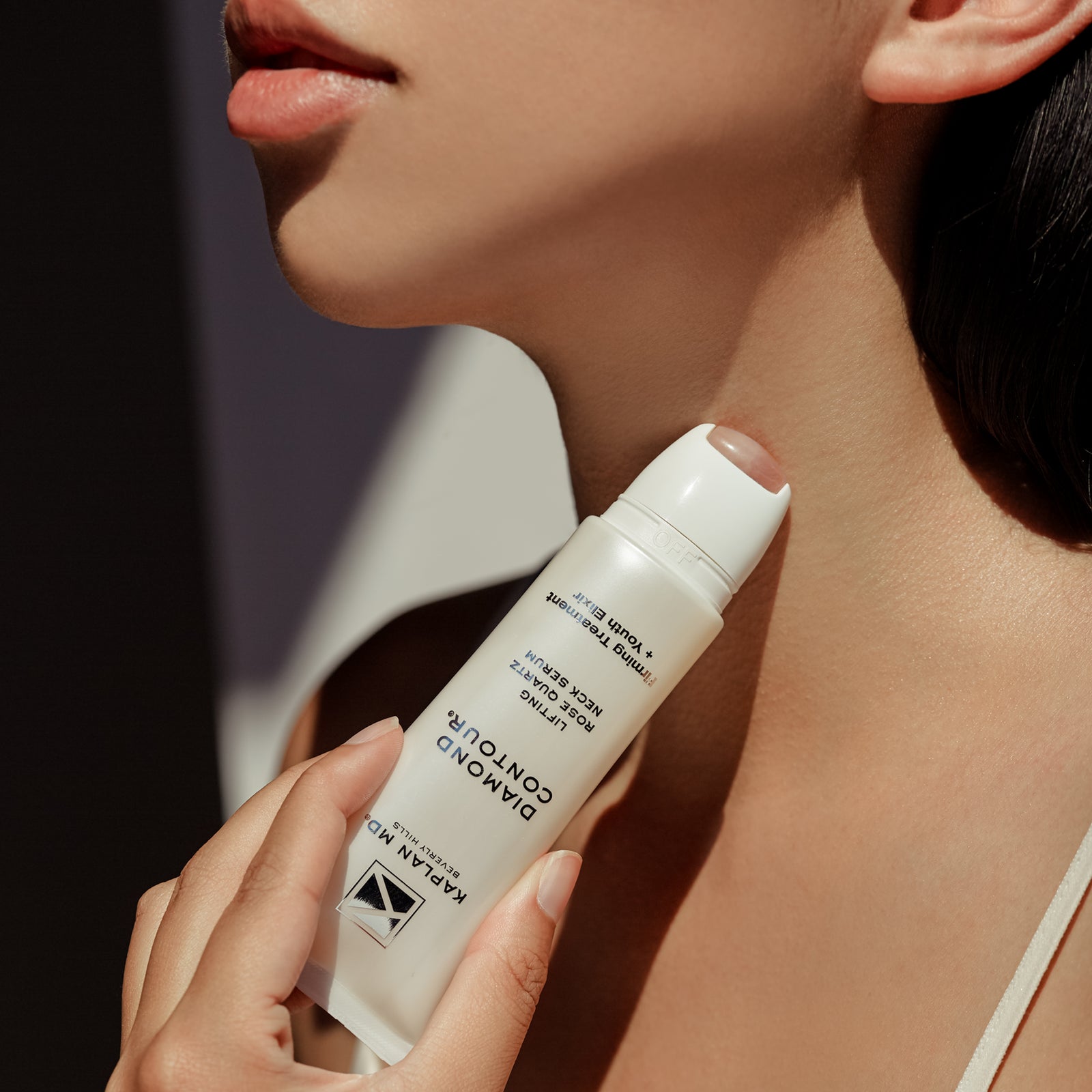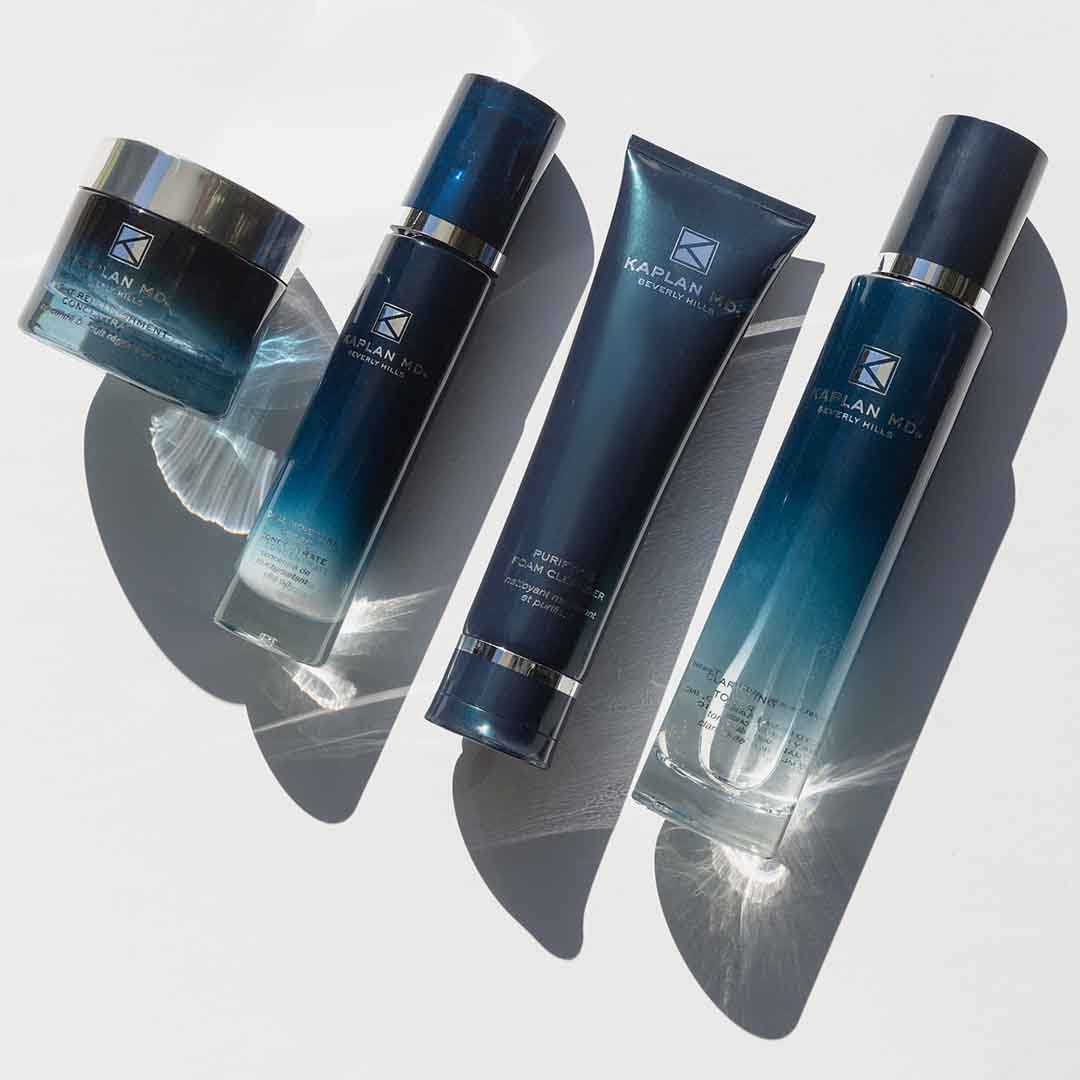Dr. Kaplan – Granuloma Annulare
GRANULOMA ANNULARE
Granuloma Annulare is a harmless skin condition. A person may notice a single raised spot, many bumps, or a rash that causes a ring-shaped pattern on the skin. The affected skin can be pink, purple, or skin-colored by a bit darker than the person’s skin. Sometimes the rash itches.
Treatment is usually not necessary. This skin condition often goes away on its own time. Most people see their skin clear in a few months. In some cases, clearing takes longer. Some people have granuloma annulare for years. Granuloma annulare rash can clear and return later in life.
WHAT CAUSES GRANULOMA ANNULARE?
What causes granuloma annulare is unknown. Doctors believe the immune system may play a role. In some cases, there may be a link between granuloma annulare and diabetes or your thyroid or other diseases.For some people, a skin injury, insect bit, infection, or sun exposure seem to “trigger” the disease.
WHO GETS GRANULOMA ANNULARE?
The localized type is more common in young people under 30 years of age, but people of all ages can get it. Females are much more likely to get the localized type. Only adults get the generalized type.
HOW IS GRANULOMA ANNULARE DIAGNOSED?
If you think you might have granuloma annulare, it is important to see a dermatologist for a diagnosis. Granuloma annulare is harmless; however, it can look like other skin diseases that require treatment. Granuloma annulare is most often confused with the fungal skin infection, ringworm.A dermatologist usually diagnoses granuloma annulare by examining the patient’s skin.
To be absolutely certain that a patient has granuloma annulare, a dermatologist may scrape off a bit of the affected skin or cut out a small amount of the skin. The removed skin will be examined under a microscope to make sure the patient gets the right diagnosis.
A dermatologist will perform a skin scraping or biopsy to see if you have the following conditions, instead of granuloma annulare:
Ringworm
This is a fungal skin infection that requires treatment.
Lyme Disease
This is an infectious disease caused by a bite from a deer tick. Lyme disease can cause serious health problems without treatment. The first rash that a person gets causes a circular pattern on the skin that gets larger with time.
Insect Bites
Depending on the insect, some bits need treatment.
Sarcoidosis or other Skin Condition
Sometimes a blood test is necessary to rule out other possible diseases.
IS TREATMENT NECESSARY?
Most people do not have symptoms, so treatment is not necessary. Granuloma annulare does not make you ill, and most spots disappear within a few months without leaving scars. Some spots and widespread rashes remain on the skin for years.For patients who have widespread (generalized) granuloma annulare and those who dislike the way their skin looks, treatment is available. A dermatologist will prescribe a treatment tailored to the patient’s needs. A patient may receive:
CORTICOSTEROID CREAM OR OINTMENT
Applied at home, this prescription medicine helps to clear spots and bumps. It is important to use this medicine as directed or it may cause unwanted side effects such as thinning skin.
CORTICOSTEROID INJECTION
Your dermatologist will inject this directly into the spot to help clear it.
CRYOTHERAPY
This in-office treatment allows the dermatologist to freeze the skin, which causes the treated skin to die and flake off. Stubborn spots and bumps can be removed with this treatment.
PUVA LIGHT THERAPY
This is a controlled dose light therapy. A dermatologist may prescribe this to treat a widespread rash.
Dermatologists also prescribe other treatments to help clear stubborn granuloma annulare.
It is important for people with signs of skin diseases to see a dermatologist to get the correct diagnosis and treatment
All content solely developed by the American Academy of Dermatology.








